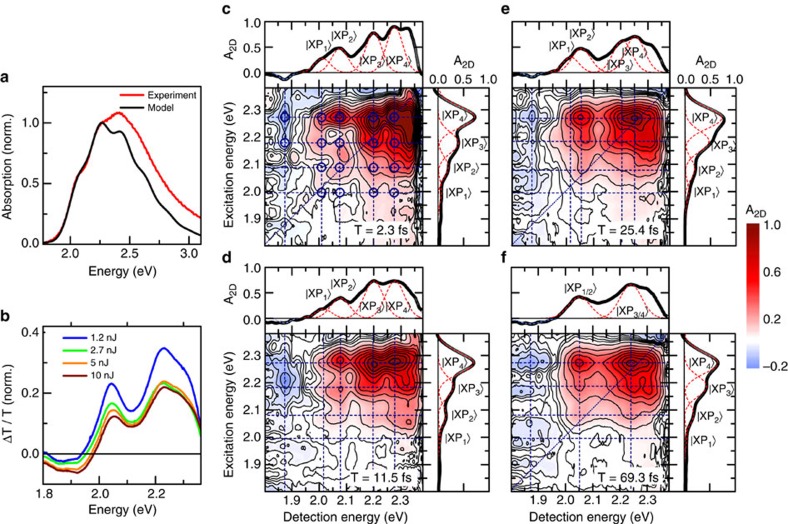Figure 1. Two-dimensional electronic spectroscopy of annealed rr-P3HT thin films.
(a) Linear absorption spectrum (red) and simulation (black), based on a displaced oscillator model39, coupling ground and exciton states to the C=C stretch mode at 1,450 cm−1 (23-fs period). (b) Differential transmission (ΔT/T) spectra at a delay of 350 fs, normalized to the pump energy. Positive (ΔT/T>0) bands are due to the bleaching of excitonic transitions, whereas the negative signal around 1.89 eV is assigned to photoinduced absorption of polaron pairs. (c–f) Absorptive 2DES maps of annealed rr-P3HT thin films at selected waiting times of (c) 2.3 fs, (d) 11.5 fs, (e) 25.4 fs and (f) 69.3 fs. At early waiting times (c–e) Cross sections along both the excitation and detection energy reveal distinct splitting of the bleaching peaks into four vibronic resonances, labelled  to
to . The corresponding peaks are marked with dark blue circles. These splittings are the characteristic signature of strong vibronic coupling resulting in the formation of hybrid exciton-polaron-pair (XP) modes. The cross peaks with negative amplitude at detection energy of 1.89 eV originate from photoinduced absorption of polaron pairs. At longer waiting times (f) the splitting along the detection energy washes out and the resulting cross sections match those of the low-energy vibronic peaks in ΔT/T spectra. At all waiting times, negative amplitudes are observed for detection energy around 1.89 eV, monitoring polaron pair peak dynamics.
. The corresponding peaks are marked with dark blue circles. These splittings are the characteristic signature of strong vibronic coupling resulting in the formation of hybrid exciton-polaron-pair (XP) modes. The cross peaks with negative amplitude at detection energy of 1.89 eV originate from photoinduced absorption of polaron pairs. At longer waiting times (f) the splitting along the detection energy washes out and the resulting cross sections match those of the low-energy vibronic peaks in ΔT/T spectra. At all waiting times, negative amplitudes are observed for detection energy around 1.89 eV, monitoring polaron pair peak dynamics.

